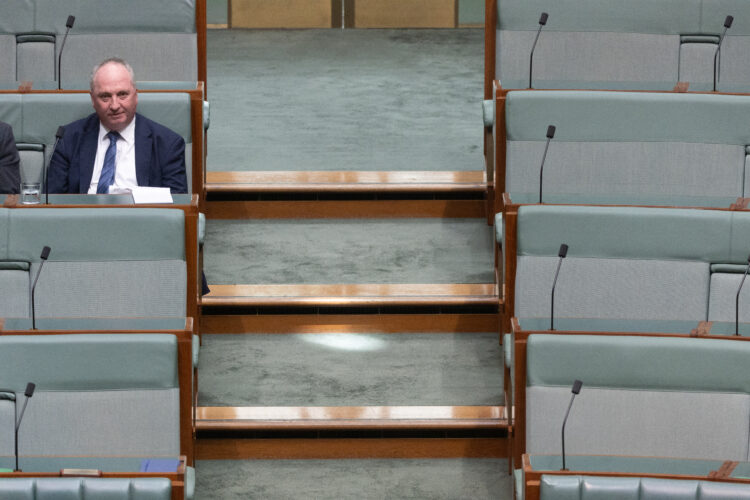Climate Change Authority update released: Australia sees hottest year ever
They have to do this under legislation Labor passed, and it gives you an idea of where we are at with meeting our targets.
We are not meeting out targets.
Here is the statement from the CCA:
Australia has just seen its hottest ever year, with mean temperatures during the 12 months to June 2025 exceeding the previous record by more than 0.25 °C.
Globally, 2024 was also the hottest year on record and marked the first year with average temperatures topping 1.5 °C above pre-industrial levels – the threshold agreed under the Paris Climate Agreement. These milestones underscore the urgent need to cut greenhouse gas emissions.
The Climate Change Authority’s 4th Annual Progress Report, released today, called for faster emissions reductions and stronger adaptation measures to keep Australia on track for a safe and resilient future.
The pace of emission cuts must double to meet our legislated 2030 target of reducing 2005-level carbon pollution by 43%. To reach Australia’s newly set 2035 goal – a 62-70% reduction – the rate of cuts will need to triple by the early 2030s.
Our report found the electricity and energy sectors made the fastest gains, improving the prospects for other sectors of the economy to decarbonise as they electrify.
Australia’s emissions fell by 10 million tonnes of carbon-dioxide equivalent in the year to June 2025, faster than the average over the past 5 years of 8 Mt CO2 -e reductions,’ said Matt Kean, Chair of the Climate Change Authority.
No other year has had such a drop apart from the first year of the COVID-19 pandemic – 10 million tonnes – a promising development. However, to hit our goals, the reduction rate will have to accelerate to 18 MtCO2 -e per year between now and 2030, and between 20-25 Mt CO2 -e per year from now to 2035. That means speeding up approvals for clean energy projects and infrastructure to keep pace with the transition. The electricity and energy sector contributed half the nation’s emissions reductions over the past year. And that sector’s contribution will expand as more renewable energy sources are switched on when ageing coal-fired power plants bow out.Fortunately, the ongoing plunge in the price of solar photovoltaics and lithium batteries –
combined with government policies like the Capacity Investment Scheme and measures
to strengthen electricity security – is driving fresh demand at the household, business and
utility scale. To lock in these gains and near-term targets, wind generation must grow rapidly,
supported by faster approvals and benefit-sharing with communities. The technological tide is overwhelming, with low-carbon generation contributing almost all the new energy generation added worldwide last year. With the growing competitiveness of heat pumps, induction cookers, electric vehicles and other energy efficient devices, we can expect sectors of the economy beyond the
power industry to lower their carbon emissions. And with Australia’s abundant sunshine, wind and rich mineral resources, few nations stand to benefit as much from this global transition we must all make. Now is to get on with it and work together to ensure a fair and fast transition for a cleaner,
more prosperous future.







